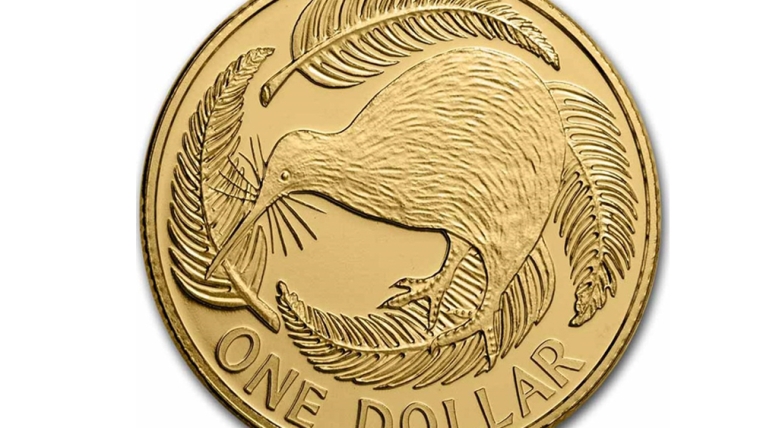
This weekend we will be changing the way we report our unique trade-weighted index for the NZ dollar.
This change is backdated ten years, all the way back to when the RBNZ stopped reporting a TWI-5 and transitioned to a TWI-17.
None of this change will affect the way we report individual exchange rates.
The reason we have kept a TWI-5 going is that we think it better reflects the way our trade patterns and transactions happen in practice.
Having an overall index that tracks the NZD against a basket of currencies is a good idea, and is what trade-weighting is all about.
But the RBNZ's TWI-17 makes an assumption that we don't believe reflects what actually goes on in international commerce. The RBNZ's approach is in good company. Most central banks have adopted trade-weighting currency indexes in the way they do.
Essentially, these all weight their home currencies based on the customs records of export and import activity with the main trading partners. Superficially, this makes sense.
But actual commerce is different to that.
First, much international trade is conducted in currencies other than that of the trading partner. Fonterra may sell dairy products to China, but they are sold in USD, not yuan. Korea may sell us cars, but we pay in USD, not won.
But when we buy cars from Germany, we almost certainly pay in euro, not USD. Similarly, our trans-Tasman exports are most likely priced in AUD to the extent Australian customers are the main ones for the products and services we sell.
And reality gets even more tricky. Yes, some firms may in fact sell our exports to China in yuan, receiving yuan in payment. But chances remain very high that the yuan price has been set via base USD pricing. We buy refined oil products from Singapore, but you can be almost certain we are paying USD-based prices to the refineries there, even if the billings and payments go through the banking system in SGD. Ditto Taiwanese electronics. Ditto our meat sales to the Middle East.
Tradition probably means our meat sales to the UK are still conducted in GBP. But our traders will still be referencing them against other markets via a USD-related price. Land Rovers for the local horsey crowd will be in GBP most likely.
At interest.co.nz, we pay for Google services in USD to a Google Singapore office. We pay Adobe for other software in AUD to an office in Ireland.
The point is, customs reports about trade flows are an unsatisfactory basis for working out how we should think about a trade-weighted exchange rate. We trade with many countries and with many goods and services in prices based on currencies other than that of each of those countries.
Finding a trade-weighted index that acknowledges the real pricing pressures will only ever be an approximation.
Our own tracking of a TWI-5 starts with customs trade-weights, but makes some bald (but we think realistic) assumptions about what the most likely dominant pricing bases will be. And that overwhelmingly tends toward the USD.
Swift and the IMF track these sorts of things in the financial markets from a currency activity perspective, but of course, no-one is tracking how firms set local currency prices.
However it seems fair to assume "international pricing' is likely to be dominated by a USD reference.
This may change over time, but there is no evidence via the Swift or IMF tracking that there is adoption of other currencies as a basis (like the yuan). It is still a USD dominated world, with the EUR and JPY meaningful, and the rest not so.
So we have adjusted the way we track our own TWI-5 by starting with the RBNZ's record of trade weights, keeping the EUR, JPY, GDP and AUD levels, and taking the rest as direct or influenced by the USD.
Our daily TWI-5 reporting has now been adjusted, and backdated a decade.
Our monthly tracking is still all based on the RBNZ published TWI-17 nominal series.
Daily exchange rates
Select chart tabs
Monthly average exchange rate
Select chart tabs
1 Comments
Suggestion - the ability to compare / overlay the TWI's may show something to prove your point? Going forward into the future it will be interesting to see if/when the challenger global reserve currencies can impact on the USD, changing the global reserve takes a lot longer than you think - decades not years - and probably needs a few black swan events.

We welcome your comments below. If you are not already registered, please register to comment.
Remember we welcome robust, respectful and insightful debate. We don't welcome abusive or defamatory comments and will de-register those repeatedly making such comments. Our current comment policy is here.